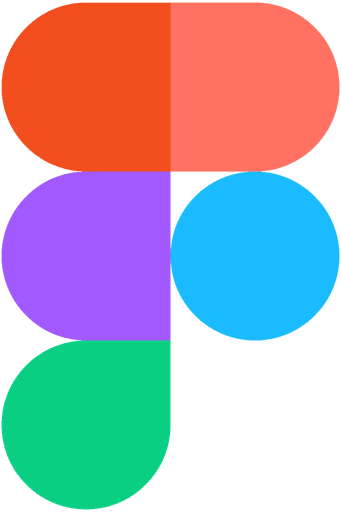Glide App
Glide, featuring a seamless 'Scan & Ride' option for e-bicycle rentals. Easily rent an e-bike by scanning a QR code at the nearest hub. and also app provides you to rent cars and bikes. With a user-friendly interface, streamlined booking process, and secure payment options, And it simple step and give more user friendly Application.
Roles
UX Research, UI Design, Testing
Tools
Figma, FigJam
Adobe CC
Automobile
Duration
12 Weeks
Overview
The process of renting vehicles presents substantial challenges for individuals and travellers, both locally and when exploring new destinations. Challenges such language barriers, unclear pricing structures, and a lack of convenient options contribute to a frustrating experience for a renter. And also, mainly for local residents seeking to travel short distances within their city, finding a suitable vehicle proves to be a difficulty.
Problem Statement
To design a mobile app that allows users to easily rent cars and e-bikes by scanning a QR code at the nearest hub
Discover Phase
User Interviews (Qualitative Data)
Interviewed around three people individuals working in various sectors, such as IT, Marketing, and others, to gain insights into the challenges they faced while completing their tasks. so we observed their processes to gain a deeper understanding of their experiences.
Do you know how to ride a vehicle, and if so, which type of vehicle do you prefer?
Are you a daily traveller from one place to another and how far do you travel?
What is the purpose of your daily journey?
Do you prefer a cab, bike, or scooter for your daily travel?
Which time do you regularly travel during the day?
Have you ever used a wallet in a booking app? and it is useful for you?
Have you ever faced difficulties when you needed to travel from one place to another?
Have you ever used a rental vehicle?
whether Do you use the e-bicycle for long distances or short distances, when its comes to transportation?
And would you prefer to pay and scan for daily use, or would you opt for a subscription plan?
Have you used offers while booking?
What are your thoughts on electric vehicles in the future?
If rental e-bicycles were available in your city, would you prefer to use them?
Competitive Analysis (Quantitative Data)
Features List
Define Phase
Personas
With insights from interviews and surveys, we crafted an ideal user persona. this has been important in shaping effective solutions by delving into user goals, frustrations, and personality traits.
Empathy mapping
After user interviews, I identified challenges and created an empathy map to understand user experiences better. this visual tool helps us grasp their thoughts, feelings, and pain points, guiding our solutions.
Ideate Phase
Ideation workshop
I organized an ideation workshop with my batchmates to address unique user problems. Through collaborative exercises, we aimed to generate a diverse set of creative ideas and explore innovative solutions together.
Information Architecture
Here, organizing and structuring content was done to create an intuitive and user-friendly navigation system.
User Flow
Here, illustrating the sequential path users take to accomplish tasks within a digital product was done, to facilitate a deeper understanding of user interactions.
Prototype Phase
Low-Fidelty
Transitioning to low-fidelity prototypes is the next step after initial ideation. Low-fidelity prototypes, characterized by simplified and basic representations of the interface, allow designers to quickly iterate and test concepts, ensuring a cost-effective exploration of ideas before committing to detailed designs.
Mid-Fidelty
Logo
Color and Typography
Components and Elements
Grid System
High-Fidelity
Testing
Optimal Path Analysis
Usability testing is a Important step in a app development. such as heat mapping, involves analyzing user interactions to evaluate the effectiveness and efficiency of a digital product's design.
Conducting user testing for the application involves gathering real-time feedback from users, ensuring a user-centric and refined digital experience. This iterative process helps validate design decisions and enhances the overall usability of the application based on direct user input.





















